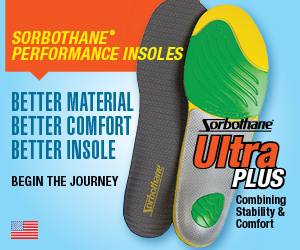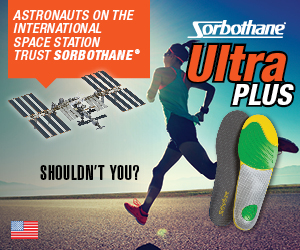Top Textile Trends
What’s Next in the Active/Outdoor/Sports Textile Scene.
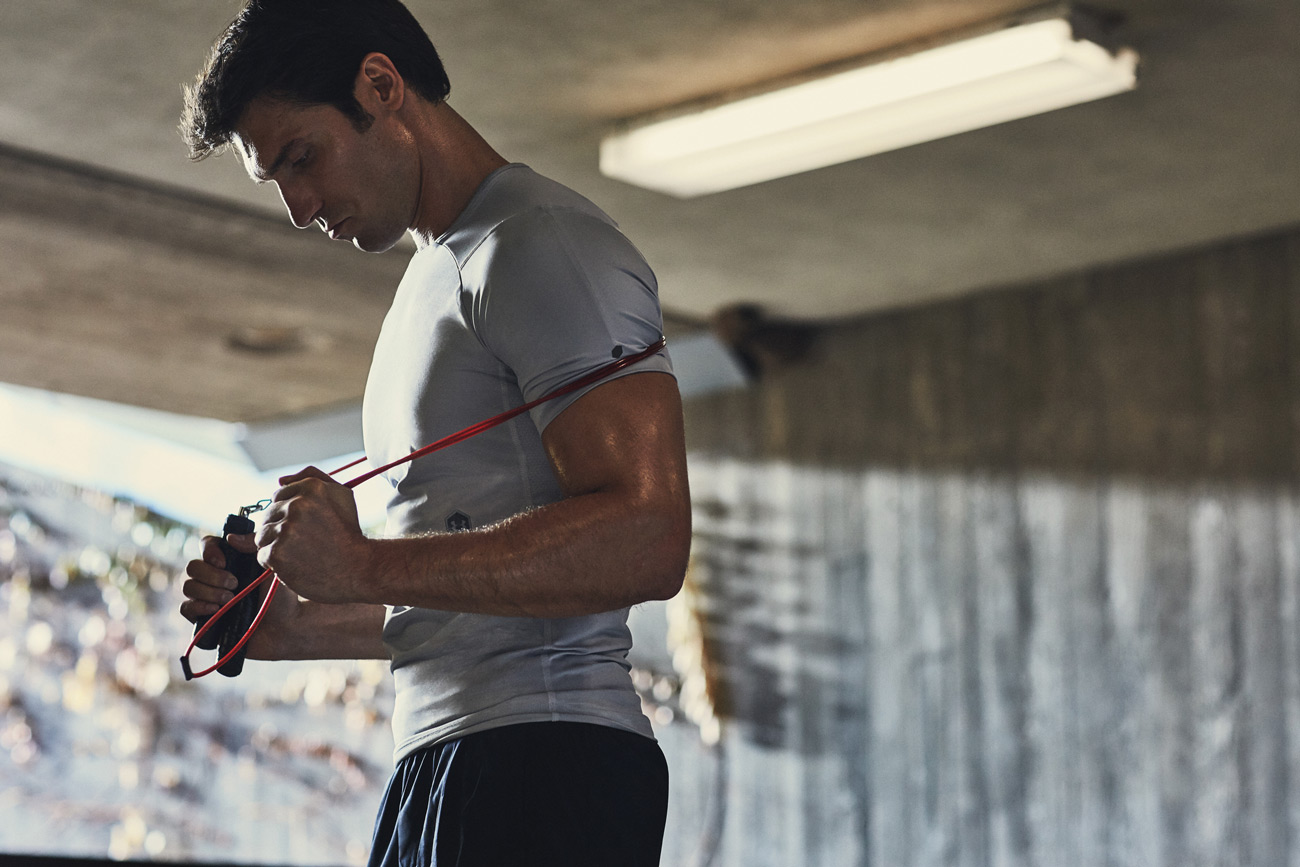
When it comes to textiles today it’s all about creating product that is best for the athlete and best for the planet, too. In the past these factors ran on two separate and distinct tracks of textile development — one steered toward elevating functionality in textiles, while the other progressed by focusing on organic materials. What’s driving innovation now is the ability to make apparel and footwear from fabrics that are functionally sound as well as environmentally responsible, giving rise to a new category of textiles known as Eco Performance.
It’s Only Natural
Growing concerns about the state of the environment at large, and the impact textiles have on these issues, has prompted a resurgence of interest in natural fibers and we’re seeing a slew of new functional wools and cottons enter the market. Tencel, made from wood pulp, is another natural fiber gaining traction for sportswear for its soft feel and performance properties. One natural fiber stealing the spotlight right now is hemp. The fiber is similar to cotton, but has greater strength and abrasion, antimicrobial properties and UV resistance, according to growers.
Another good example of the “function meets nature” textile trend is Under Armour’s new Rush performance apparel. The fabric features Celliant, a textile ingredient that improves performance and energy return. The technology combines a blend of natural minerals that absorbs the energy the body emits and reflects it back into tissues and muscles, promoting more speed, more strength and more stamina.
Tackling the Plastics Problem
Synthetic materials have long been a mainstay in active sportswear thanks to polyester’s ability to wick, cool and dry super-fast during sweat soaked workouts. But with the ocean plastics pollution crisis making headlines there is growing interest within the textile community (and amongst consumers) to innovate synthetic textiles — polyesters in particular — in ways that don’t sacrifice performance, yet won’t end up polluting waterways and/or add to overflowing landfill waste.
Laundering polyester garments contributes to the plastics pollution problem. According to recent reports on micro-fiber pollution, the number of individual fibers that can be rinsed off a single synthetic (polyester) garment and end up in the ocean is 1900.
Recycled polyester made from plastic water bottles has become a go-to material across categories in recent years, with efforts to recycle nylon following suit. Cost concerns, in addition to doubts about functionality, no longer hinder the acceptance of recycled synthetics for active sportswear as next generation recycled products now rival “virgin” synthetics in price and performance.
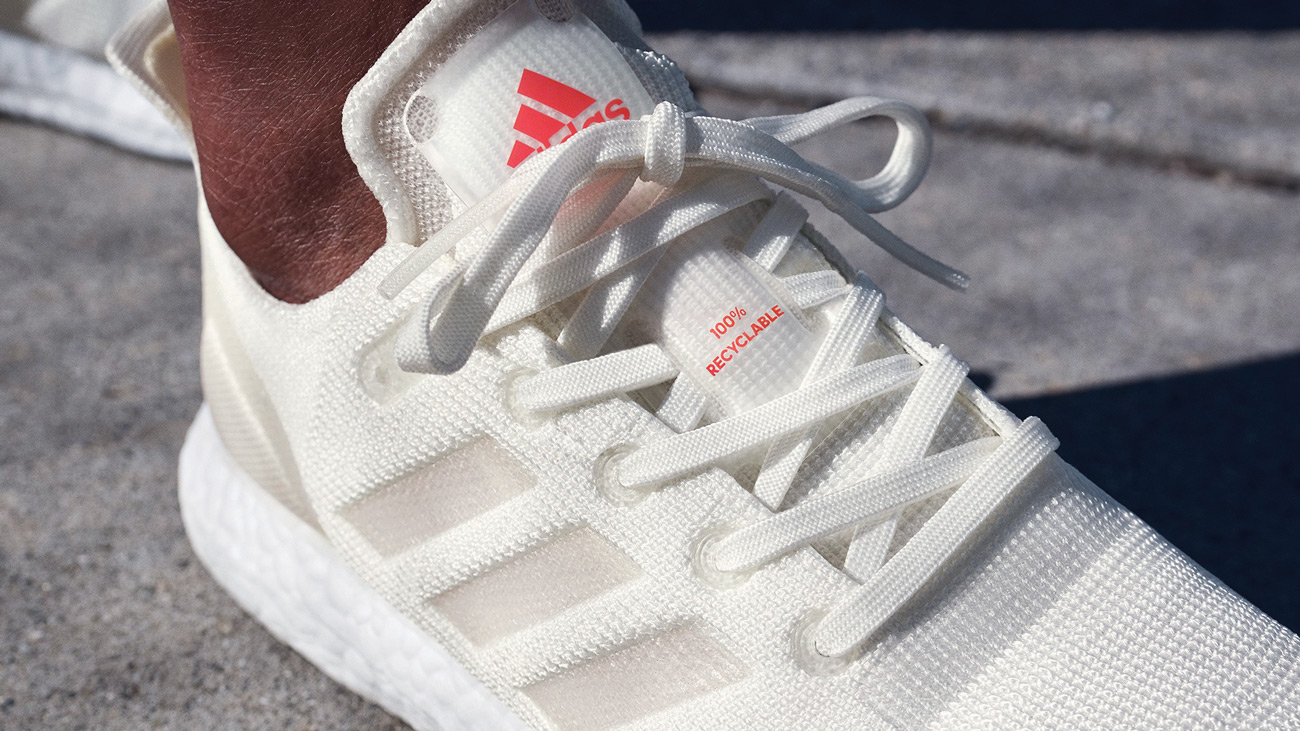
Textile supplier Unifi has been leading the way recycling more than 15 billion plastic bottles into its Repreve brand of recycled polyester over the past few years and tallying upwards of 70 brand partners in the active/outdoor space including Patagonia, prAna and Volcom.
Adidas, too, is at the forefront of recyclability in collaboration with the organization Parley for the Oceans. The new Adidas FutureCraft.Loop is a 100 percent recyclable performance running shoe. The footwear can be returned to Adidas, broken down and reused to create new performance running shoes.
An Earth Friendly Approach to “Dye” For
Innovation around how to dye fabrics with an eye on the environmental impact is an area to watch, as the need for new and improved resource-saving dye methods become a priority. That’s easy to understand when you consider, for example: 1.3 trillion gallons is the amount of water used each year for fabric dyeing alone, according to World Resources Institute. Already on track are firms like We aRe SpinDye that offer sustainable coloring process for polyester yarns with methods that use significantly less resources yet achieves excellent color performance, and ColorZen that advances an environmentally friendly solution to cotton dyeing.
Looking ahead, fabric functionality derived from sustainable solutions is a critical trend to watch as it puts a modern planet-positive stamp on the old textile adage, “from dirt to shirt.”
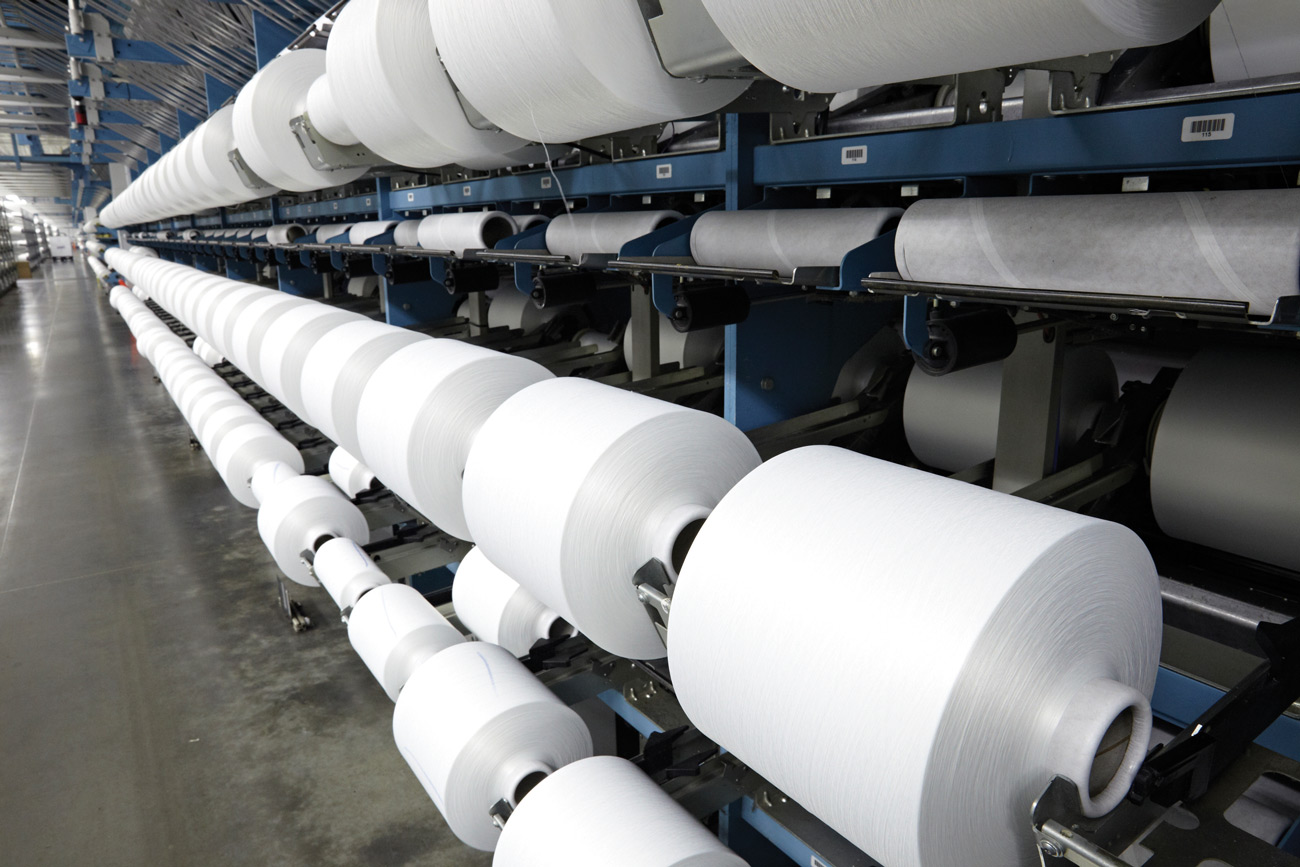
Beyond the Buzzwords
Sustainability in the broadest sense is an umbrella term for meeting the needs of the present without compromising the ability of future generations to meet their own needs. In the world of textiles, sustainability takes shape in a wide variety of ways from developing eco-friendly materials and promoting local manufacturing to eliminating harmful chemical substances.
Circularity is a new way of thinking about sustainability. When applied to textile and apparel manufacturing, circularity is a concept that levels up sustainable practices and products by emphasizing longevity, reuse, and recycling. Consider it nature’s way of making apparel and footwear, using fabrics with the ability to circle round and around in a regenerative life cycle.
Biodegradability is based on these principles of circularity and sustainability, and is currently ushering in some of the most innovative textiles being introduced to the market. Considered akin to the Holy Grail of product, these fabrications are developed specifically to decompose rather than pile up in landfills.


